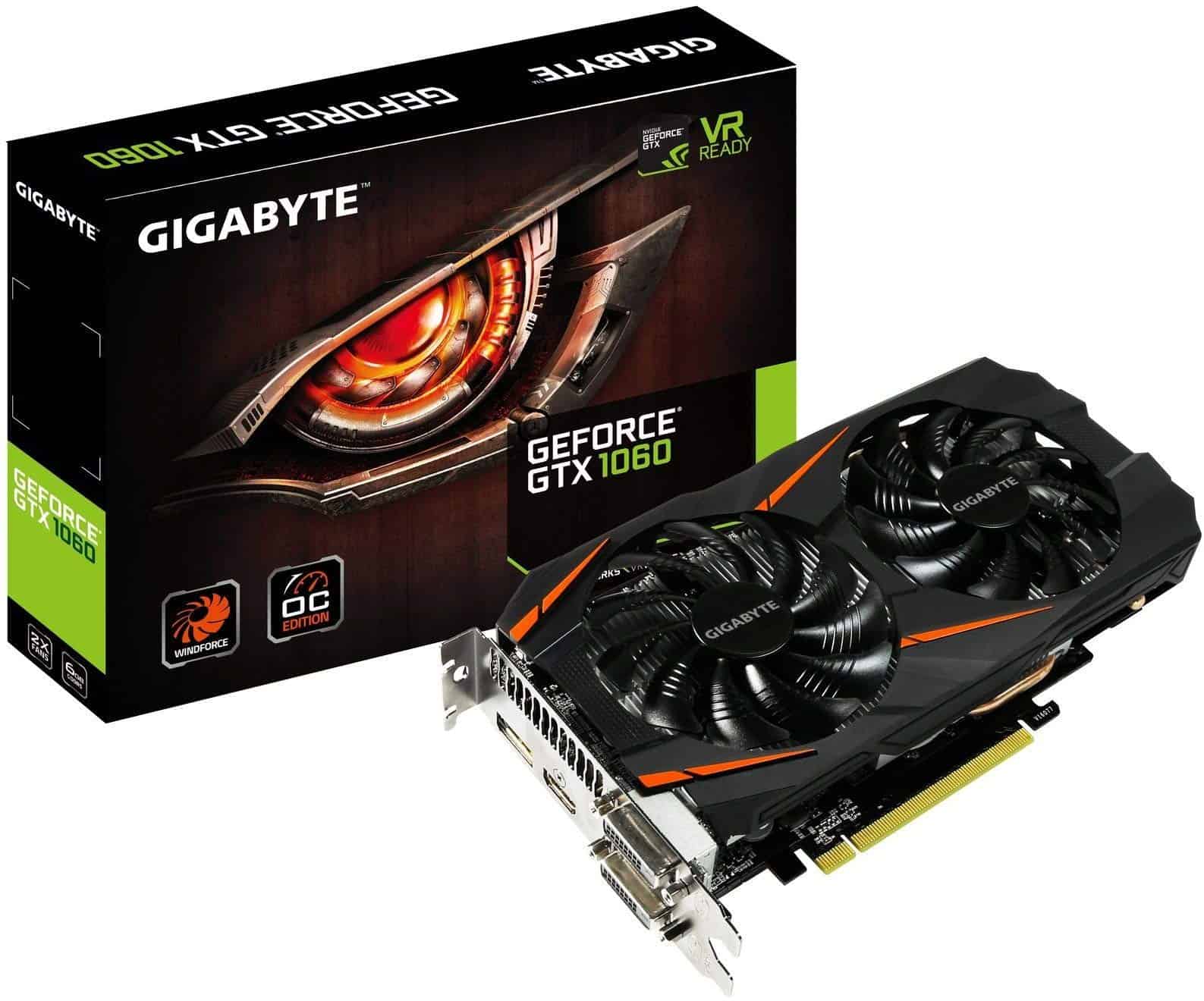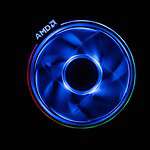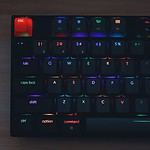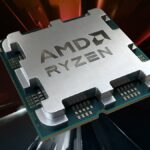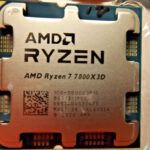The Nvidia GeForce GTX 1060, a popular graphics card released in 2016, is well-liked by gamers and content creators. This article discusses its technical specifications, gaming performance, features, and lasting relevance in today’s market. Despite being a mid-range option, this graphics card was designed to handle gaming needs well. Even after several years, the GTX 1060, especially with 6GB of VRAM, remains a good choice for gaming at 1080p resolutions and can run many modern games at medium settings.
While it may struggle with the latest graphically intensive games on higher settings, it can comfortably run older titles and many current games at adjusted settings, making it a good option for budget-conscious gamers. However, the gaming experience with the GTX 1060 varies based on specific game requirements and user expectations. Overall, it brings value to those whose gaming preferences align with its capabilities, balancing cost and functionality.
Nvidia GeForce GTX 1060: A Comprehensive Overview
Technical Specifications
The Nvidia GeForce GTX 1060, released in 2016, boasts impressive specifications for its time:
| Specification | Value |
|---|---|
| Architecture | Pascal |
| CUDA Cores | 1280 |
| Base Clock | 1506 MHz |
| Boost Clock | 1709 MHz |
| Memory | 6 GB GDDR5 |
| Memory Interface | 192-bit |
| Memory Bandwidth | 192 GB/s |
| Thermal Design Power | 120 W |
Performance and Features
The GTX 1060 delivers strong performance for 1080p gaming, even handling some demanding titles at high settings. It supports DirectX 12 and all modern gaming technologies like Ansel and G-Sync. The card’s Pascal architecture ensures excellent power efficiency, making it a popular choice for budget-conscious gamers.
Gaming Benchmarks
In various gaming benchmarks, the GTX 1060 consistently outperforms its predecessors and holds its own against competitors in its class. Here are some average frame rates at 1080p resolution in popular games:
- The Witcher 3: 60-70 fps (High settings)
- Grand Theft Auto V: 70-80 fps (High settings)
- Rise of the Tomb Raider: 60-70 fps (Very High settings)
- Overwatch: 100-120 fps (Ultra settings)
Legacy and Relevance
While newer generations of GPUs have since emerged, the GTX 1060 remains a capable card for 1080p gaming and other tasks like video editing and 3D rendering. Its widespread availability and affordability in the used market make it an attractive option for those seeking a budget-friendly upgrade. However, its performance may struggle in more demanding modern titles or at higher resolutions.
Key Takeaways
- The GTX 1060 performs well for 1080p gaming, especially in the 6GB VRAM variant.
- It offers a satisfactory balance for those on a budget, supporting medium settings on many modern games.
- Suitability varies with user needs, but the GTX 1060 can serve as a cost-effective gaming option.
GeForce GTX 1060 Gaming Performance
The GeForce GTX 1060 offers solid gaming performance, particularly in 1080p resolution. Equipped with Nvidia’s Pascal architecture and 6GB of GDDR5 memory, this card targets gamers looking for strong performance without breaking the bank.
1080p and 1440p Gaming
The GTX 1060 shines at 1080p, delivering smooth frame rates in games like Fortnite and Doom Eternal. For 1440p gaming, it provides adequate performance but may struggle with the highest settings on newer titles.
VR and 4K Capabilities
While capable of running VR applications, the GTX 1060 is not the best for 4K gaming. It works well for entry-level VR but gamers should consider more powerful cards for a better 4K experience.
Comparison with Other Graphics Cards
When compared to its peers, the GTX 1060 outperforms the GTX 980 and is close to the Radeon RX 580 in performance. It trails behind the GTX 1070 and GTX 1080, which are more suited for intense gaming tasks.
SLI Support and Upgrade Path
SLI is not supported on the GTX 1060. Gamers wanting to upgrade have multiple paths but may lean towards newer Nvidia models or a step-up like the GTX 1070 for improved SLI capabilities.
Memory and Graphical Features
The GTX 1060’s 6GB of GDDR5 memory, 1280 CUDA cores, and a 192-bit memory bus make it a mid-range powerhouse. It includes features like delta color compression and simultaneous multi-projection.
Thermal Design Power and Overclocking
A TDP of 120W means lower power consumption and easier cooling. Overclocking potential varies, with aftermarket cards often offering better results due to improved thermal designs.
Value for Gamers on a Budget
For those watching their wallet, the GTX 1060 presents strong value. Its performance-to-price ratio is compelling for mid-range gaming.
Technology and Architecture Assessment
The GTX 1060’s Pascal architecture provides efficient performance. The GP106 GPU and its underlying technology remain competitive for most gaming needs.
Performance Benchmarks and Gaming Titles Tested
Benchmarks indicate the GTX 1060 handles games like The Witcher 3 and Shadow of Mordor admirably, with solid frame rates at 1080p. Performance drops notably in more demanding titles and higher resolutions.
Future-Proofing and Longevity
The GTX 1060 is not the most future-proof card due to its lack of ray tracing support. However, for current gaming titles and short-term use, it remains adequate.
Availability and Market Considerations
Once widely available, the GTX 1060 is now becoming more scarce. The mid-range market has newer options that may affect the decision to choose a GTX 1060.
Connectivity Options
HDMI 2.0, DVI, and DisplayPort connectors are available, ensuring compatibility with a wide range of displays.
Potential Alternatives within Nvidia and AMD Offerings
Those considering alternatives might look at the Nvidia GeForce GTX 1070 or the AMD Radeon RX 580. Both provide different strengths depending on gaming preferences.
Gamer Community Reception and Reviews
Reviews and user feedback reflect satisfaction with the GTX 1060’s performance for its price point. Gamers appreciate its efficacy in mainstream gaming.
System Build Recommendations
The GTX 1060 pairs well with CPUs like the Ryzen 5 2600. Such a combination provides a balanced system for solid gaming performance without bottleneck issues.
Long-Term Support and Driver Updates
Nvidia typically offers strong driver support for its GPUs. The GTX 1060 has received consistent updates, ensuring good performance over its lifespan.

